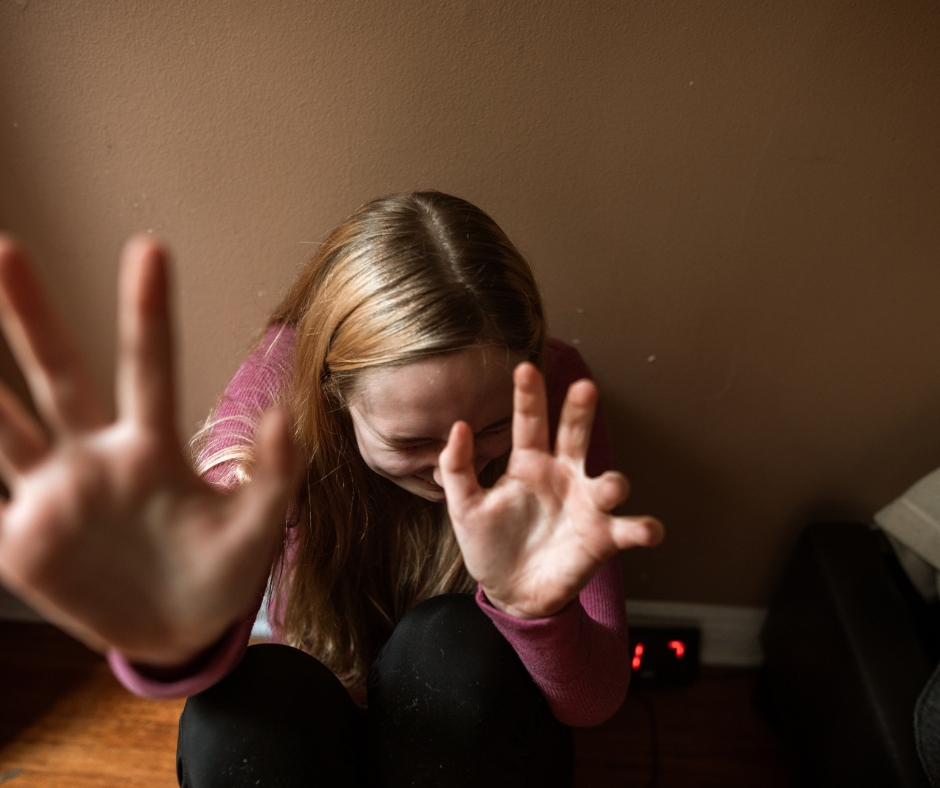
What are PTSD symptoms?
Post-traumatic stress disorder is a mental health condition which severely affects the quality of life of the patient. Being triggered by a traumatic event i.e. either experiencing or witnessing a traumatic event, terrifies as individual to an extent that he or she starts getting night terror, severe anxiety and flashbacks, that adversely affects his or her life. Uncontrollable repeated thoughts of the incident keep terrifying the person that could even affect the day-to-day functioning of the person. In this article, we will understand what is PTSD, its symptoms, causes and treatment options.
What is PTSD?
It is a mental health conditions which is triggered by experience or witnessing a traumatic event. It could affect individuals at any stage of life and affects any gender, religion, ethnicity, socio-economic group, and any other variable. The terrifying experience starts interfering with the individual’s mental health in form of night terrors, severe anxiety, flashbacks and uncontrollable repeated thoughts about the event. The individual find it difficult to cope up with the psychological impact of the event and develops post-traumatic stress disorder.Symptoms of PTSD
Symptoms of PTSD have a wide range of presentations. Specifically, manifestations of this disorder include that anxiety, sweating, palpitations, alarmed panic, night terrors, nightmares, and rumination during daytime. One may obsessively avoid revisiting certain places, people, and their memories. Another major set of symptoms include, changes in basal mood which further include depressive thoughts, hopelessness, and negative perception about self and those they interact with—disinterest in formerly enjoyable activities, a departure from normal content nature, withdrawal from social situations.A simple statement or even a scent can instigate a response. Self-destructive tendencies and newfound alcohol and drug abuse can be a cover for an isolated traumatic event. It can be seen in PTSD symptoms of men and PTSD symptoms in women. In others, it might not be detected at all since the victim might have quashed their emotions even deeper. It prompts the next question of how prevalent this disorder is and the percentage of the population affected by it. The lifetime prevalence of PTSD among American population is 3.5% i.e. 3.5 percent of US population is affected by PTSD every year whereas the same for global population is around 3.9%.
Causes and Risk factors of PTSD
A negative and traumatic event affects different people differently, the reason being every person has individual response to life events and ability to deal with emotions. So, more resilient a person is, less are the chances of being affected by an adverse incidence in life. However, genetic disposition, social support and other factors also plays a crucial role. Not everyone went through a trauma develops PTSD. Any individual could develop PTSD at any point in life. Repetitive exposure to life threatening situations, physical or sexual trauma experience, mental health problem history and use of drug and alcohol, puts an individual at higher risk of developing PTSD in comparison to the general population.PTSD diagnosis
According to the DSM-5, the PTSD diagnosis criterion includes exposure to trauma (direct or indirect) and the presence of symptoms in four categories, i.e. avoidance, intrusion or intrusive thoughts, negative changes in thoughts, as well as arousal and reactivity. DSM-5 also requires that the symptoms be present for at least a month and that the incidence be significantly interfering with the individual's quality of life.The process starts with case history, medical history and other medical tests a doctor finds important to rule out presence of any physical disease. Once, physical disease is ruled out, the doctor may refer the patient to a psychiatrist or a psychologist to dig into the possible psychological aspect associated with symptoms. Using standardized psychological tests and interviews, the mental health professional diagnose PTSD (If present). Since, there is no lab test for PTSD, the psychological symptoms, behavioral changes and other symptoms as stated above are used for diagnosis.
PTSD treatment
The treatment of PTSD includes combination of medication and psychotherapies. Doctors prescribe antidepressants, mood stabilizers, and certain antipsychotic medicines to help the patient deal with anxiety, mood and other psychological symptoms. On the other hand, use of tranquilizers is discouraged as those carries high potential for addiction. A range of psychotherapies are found effective with PTSD. Cognitive behavior therapy, psychodynamic therapy, family therapy, prolonged exposure therapy and group therapy are widely used to treat PTSD patients.While PTSD wreaks havoc on people who experience the event, ignoring its aftershocks on family and friends is imprudent. It is helpful to look at it as a disorder affecting families and society overall. Exhaustion in primary caregivers and burnout, leading to a cycle of unending trauma, is something that is not to be overlooked. A healthy way to cope with the effects of a loved one dealing with PTSD is to join a support group. Sharing experiences with a similar background brings people together; a listening and empathetic ear can prove to be a balm.
Conclusion
Different life incidences hold different meaning to different people. An incidence which could be trauma for one could be just a bad experience for another. It all depends on predisposition, mental health conditions, previous life experiences and intensity of the event which act as determining factor. PTSD could affect individuals at any stage of life and affects any gender, religion, ethnicity, socio-economic group, and any other variable. The terrifying experience starts interfering with the individual’s mental health in form of night terrors, severe anxiety, flashbacks and uncontrollable repeated thoughts about the event. Like any other mental health condition, early diagnosis and intervention are also essential with PTSD.#mentalhealth #recovery #ptsd #mentalhealthawarness #anxiety #trauma #pastworld
#trauma #insomnia #livingwithptsd #ptsdrelief #healing
Sharing = earning
1,000,000 views = € 1,000
100,000 views = € 100
10,000 views = € 10
1,000 views = € 1
500 views = € 0.50
250 views = € 0.25
100 views = € 0.10
50 views = € 0.05
25 views = € 0.025
10 views = € 0.01
And much more
- Comments (0)
- Recommended
- Milestones
No comments yet
Here are your recommended items...
Here are your milestones...





